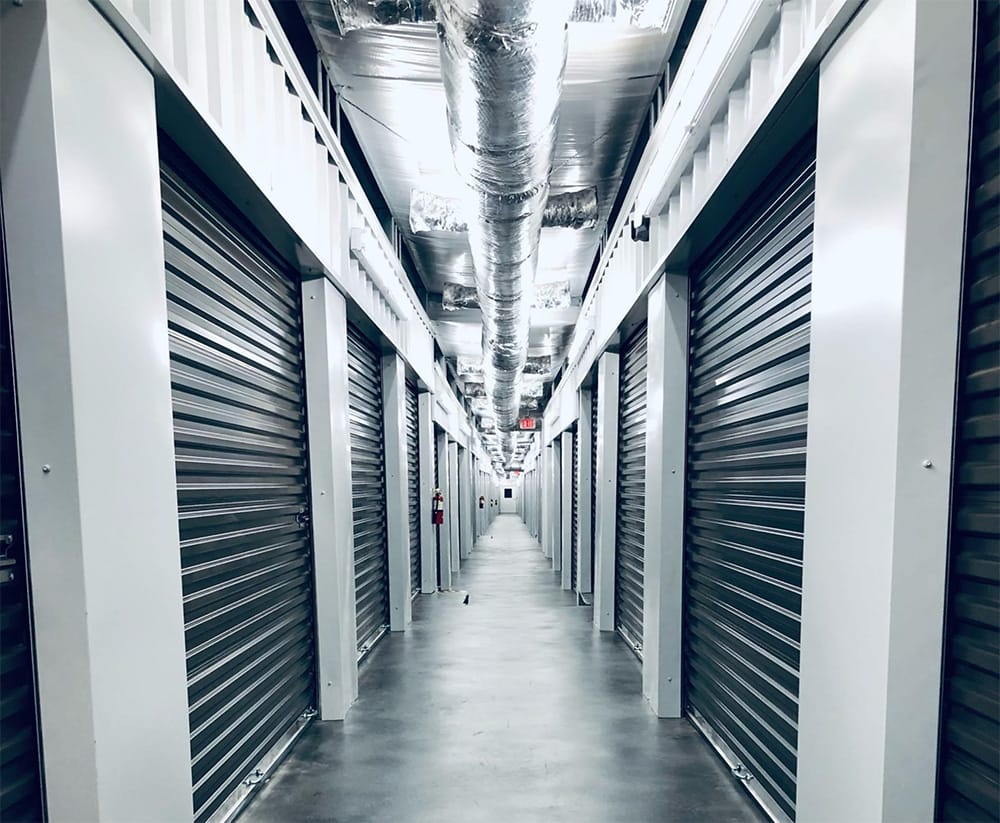
Fire Safety is About Protecting Lives and Investments
Steel buildings are strong and durable, but fire safety is still critical. Fire safety for steel buildings helps protect both people and property. Planning ahead reduces the risk of damage from a building fire.
When high temperatures hit steel, it can weaken and lose strength. While structural steel doesn’t burn, it can still fail without the right protection. That’s why choosing the right fire protection materials and methods is important.
Good fire safety measures keep your operations safe and the structural integrity of your building sound. Even the best steel structures benefit from added layers of protection.
The Right Materials Help Save Lives
Fire-resistant materials help keep steel buildings strong during a fire. These materials slow down the spread of flames and protect key areas. They’re especially important for walls, roofs, and floors.
Protective materials help prevent collapse by delaying heat damage to steel. This gives firefighters more time to respond and people more time to exit safely. It also lowers the chance of costly destruction.
Some popular fire protection materials include gypsum boards, mineral wool, and concrete coatings. Always choose building material options that meet your local building codes. These codes ensure that your building is built to withstand potential hazards, including fire.

Coatings That Expand in Heat Can Protect Steel
Intumescent coatings are a popular fire protection method. When exposed to high temperatures, these coatings expand into a thick, fire-resistant layer. This helps shield steel beams and columns from extreme heat.
Applying these coatings is one way of protecting steel without changing how it looks. That’s important in buildings where design and appearance matter. These coatings are tested for performance and meet strict standards.
Steel structures with intumescent coatings can stand up better during a fire. They buy time for emergency response and prevent major structural failure.
Fire Safety Starts With Smart Rules and Tests
Fire testing ensures that building materials perform as expected during a fire. It’s how we know what works and what doesn’t. Tests help prove the strength of fire protection materials under stress.
The International Building Code (IBC) provides guidelines for fire safety across the U.S. Local building codes may add their own rules too. It’s important to follow all codes during construction.
These codes often require certain fire protection methods in structural steel buildings. Staying compliant means safer buildings and fewer legal risks.
Stop Fires From Moving Fast
Stopping the spread of flames helps keep damage small. In steel buildings, this is done by using barriers, sealing gaps, and protecting steel beams. This helps contain the fire in one area.
Using fire-rated doors and wall systems is another smart move. These systems slow fire movement and protect important equipment or rooms. Cold-formed steel framing with added fire resistance is also helpful.
When fires move slowly, there’s more time for rescue and response. This can mean the difference between a small repair and total loss.

Fire Safety Isn’t a One-Time Task
Keeping your building fire-safe means regular checks. Maintenance should include inspections of fire-resistant coatings, alarms, and sprinklers. Look for wear, damage, or missing materials that need repair.
Steel buildings require less upkeep than wood, but fire safety needs attention. Damaged or missing protective coatings should be repaired quickly. Always keep fire exits clear and systems tested.
A fire safety plan should grow with your building. As you add features or make changes, update your fire protection strategy too.
We Build With Fire Safety in Mind
At TruSteel, we design every building with safety and strength in mind. We offer a wide range of steel buildings – from commercial warehouses to custom barns and industrial spaces – but never sheds, carports, or buildings made from tubular steel. Our building kits meet the highest safety and performance standards.
We follow the International Building Code and make sure our steel building’s fire safety features are up to date. Whether it’s fire-resistant materials, intumescent coatings, or smart design choices, we’ve got you covered.
Ready to build safe and smart? Contact TruSteel’s team of steel building experts today to start your fire-safe steel building project with the pros you can trust.
Selecting the ideal roof pitch for your metal building kit is an important decision that hinges on a few key considerations. If your area is prone to heavy snowfall, opting for a steeper roof pitch can help snow management. However, it’s important to balance this with the cost implications, as a higher pitch can increase the overall price of your building.
A 0.25:12 roof pitch strikes that perfect balance for most customers. This pitch is not only cost-effective but is as efficient in bearing snow weight as a 6:12 pitch. While a higher pitch can aid in shedding snow more quickly, remember that it comes with a higher cost. Our goal is to help you make an informed choice that aligns with both your environmental needs and budget, ensuring your building is both functional and financially feasible.
to Learn More or Get a Free Quote